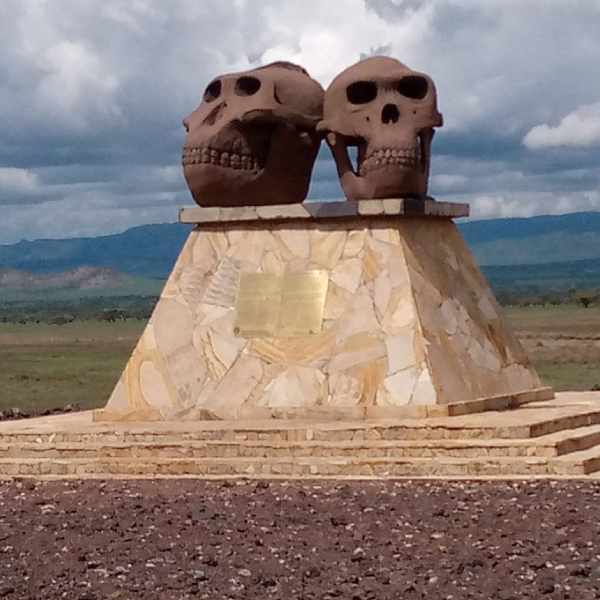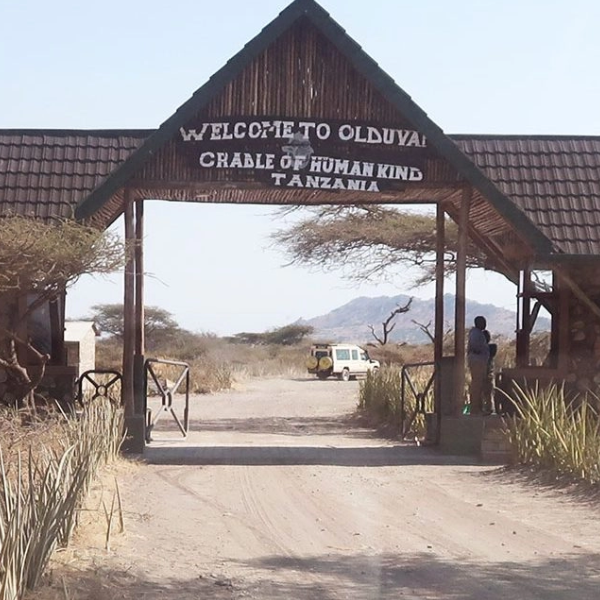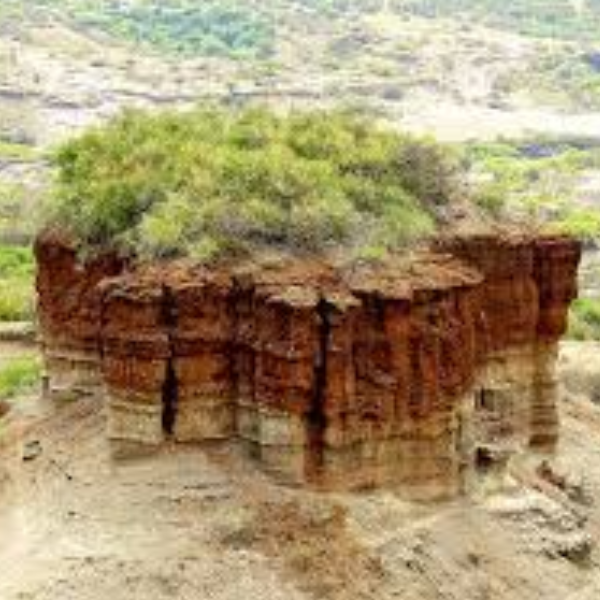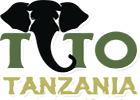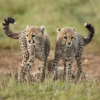Olduvai Gorge, often referred to as the “Cradle of Mankind,” is one of the most important archaeological sites in the world. Located in the Ngorongoro Conservation Area, it offers a fascinating glimpse into human prehistory. The gorge is renowned for its ancient fossils, including the remains of early hominids such as Homo habilis and Paranthropus boisei. It provides valuable insights into the evolution of humans and is a UNESCO World Heritage site. Here you can explore the rich history of early human life, making it a must-see destination for history enthusiasts and archaeology lovers.
Getting There
Olduvai Gorge is accessible by road from Arusha and Ngorongoro Crater, both approximately 150 kilometres away. The site can be reached by self-drive or through guided safari tours. The road to the gorge is well-maintained, but a 4x4 vehicle is recommended, especially during the rainy season. From the Ngorongoro Crater, a scenic drive through the conservation area takes visitors to the gorge. Alternatively, some tour operators offer day trips from Seronera in the Serengeti, allowing for a comprehensive tour of both the Serengeti and the Olduvai Gorge.
What to Do
- Visit the Olduvai Gorge Museum to learn about the site’s rich history and the discoveries made by paleoanthropologists.
- Explore the archaeological dig sites, where fossils of early hominids have been uncovered.
- Take a guided tour to see fossilized footprints left by early humans and animals.
- Enjoy a scenic walk along the gorge, offering breathtaking views of the surrounding landscape.
- Visit the nearby Maasai villages to experience local culture and traditions.
- Combine a visit to Olduvai with a safari in the Ngorongoro Crater or Serengeti for a full experience of East African wildlife and history.
When to Go
The Best Time to Visit Olduvai Gorge is during the dry season, from June to October. This period offers favourable weather conditions, with minimal rainfall and clear skies, ideal for exploring the archaeological sites and enjoying the stunning views. Temperatures are also mild, making outdoor activities more comfortable. The dry season is also the best time for wildlife viewing in the nearby Ngorongoro Crater and Serengeti National Park. The shoulder months of November and December offer less crowded conditions, while the rainy season (March to May) may make the roads challenging for travel.


